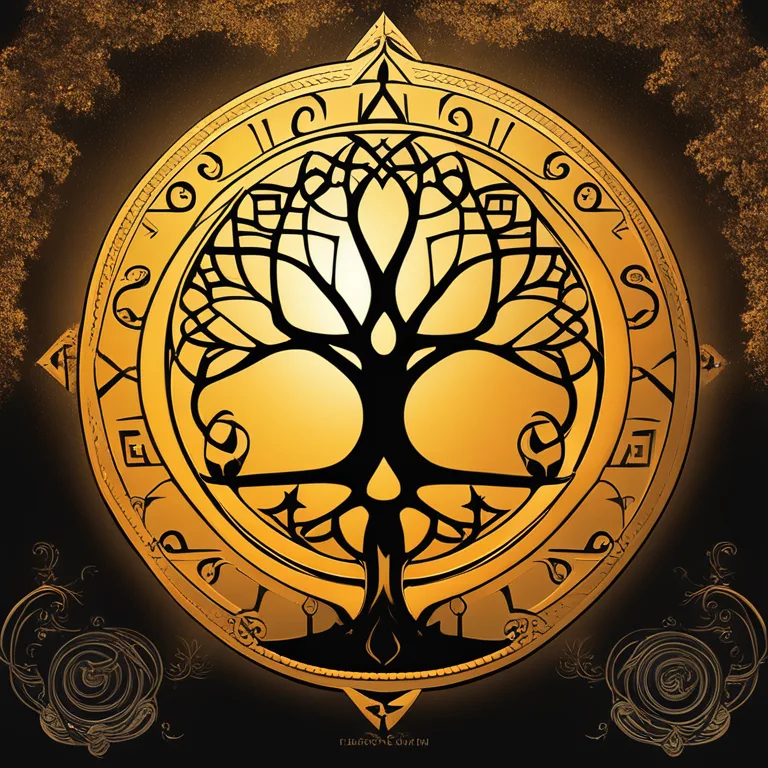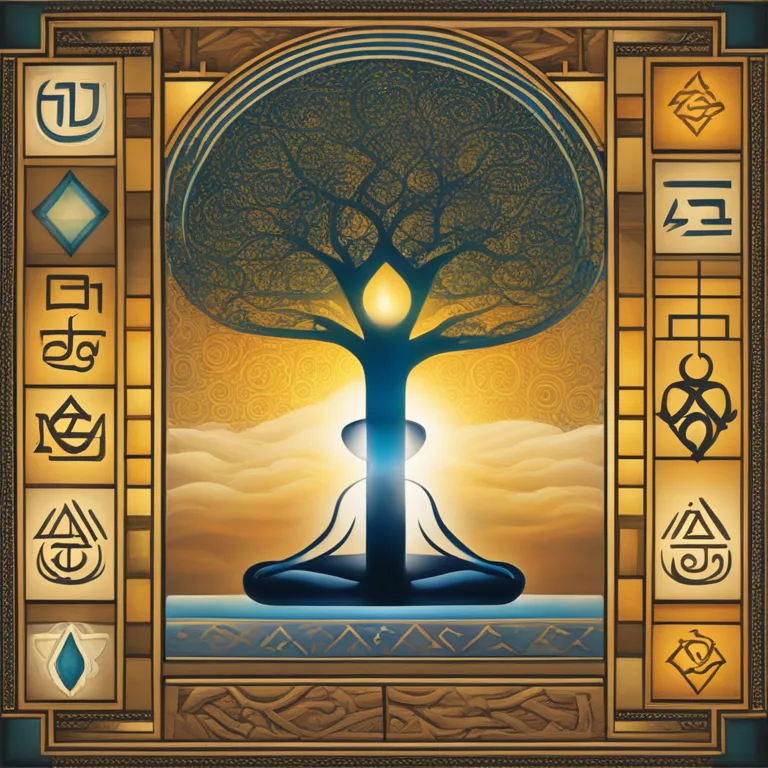
Jewish Meditation Practices for Today
Discover contemporary Jewish meditation practices for spiritual growth and mental clarity in this insightful article.
article by Hina Kurosawa
The Essence of Jewish Meditation
Jewish meditation offers unique pathways to connect with the divine, enhance self-awareness, and foster spiritual growth. Rooted deeply in Jewish thought and Kabbalistic teachings, these meditation techniques have evolved over centuries. With the revival of interest in mysticism, Jewish meditation has gained traction among individuals seeking to enrich their spiritual lives. Unlike some Eastern practices that aim for an empty mind, Jewish meditation frequently focuses on deliberate contemplation, mantras, and visualization techniques that encourage a deep engagement with one's inner life and the spiritual realms.

Hitbodedut: Solitary Meditation
One highly regarded method is Hitbodedut which translates to self-seclusion. This practice, advocated by Rabbi Nachman of Breslov, involves speaking to God in one's own language, treating Him as a close friend. It can be performed anywhere, from a secluded forest to a quiet room, and is often done daily. This personal discourse with the divine removes barriers to spirituality, making it a powerful practice that speaks to the modern desire for an intimate spiritual experience.

Kavanah: Intention in Prayer
Kavanah directs one's intention and consciousness to divine connectivity during prayer. In today's practice, it implies being fully present and aware, transforming traditional prayer from rote recitation to an intense meditative experience that aligns heart and mind with higher spiritual states. This mindfulness component has universal appeal, resonating with contemporary trends in meditation practice.

Visualization Techniques
Jewish meditation also embraces visualization, using sacred imagery to deepen spiritual practice. One might visualize the four-letter name of God, the Sephirot (divine emanations on the Kabbalistic Tree of Life), or scenes from the Torah to connect with the divine power. Such practices help practitioners not only in contemplation but in cultivating a vivid spiritual imagination that has gained new relevance in the visual culture of the modern digital era.

Contemplative Study: PaRDeS
The PaRDeS technique involves contemplative study of sacred texts, encouraging one to explore multiple layers of meaning (Peshat, Remez, Drash, Sod). Today's seekers are drawn to this method as it provides a structured, yet profoundly personal, approach to spirituality, encouraging a literary journey into mysticism that is both intellectual and deeply emotional.
Chanting and Mantras
The use of chanting or singing mantras, known in Hebrew as niggunim, serves as another meditation technique, facilitating a state of higher spiritual and emotional awareness. The repetitive nature of these melodies allows individuals to transcend daily concerns, entering a space of mindfulness and joy. With the current global affinity for sound healing and musical therapy, niggunim's popularity is set to increase.
Published: 12/20/2023
Modified: 12/20/2023
More predictions
Come back here soon to learn more about yourself and your future


Vedic Meditation Simplified
Discover the ancient wisdom of Vedic meditation techniques for spiritual awakening and balance.


Sharpen The Focus with Meditation
Discover effective meditation techniques to enhance your concentration and mental clarity.


Boost Concentration with Meditation Techniques
Discover effective meditation strategies to enhance focus and concentration in daily life.